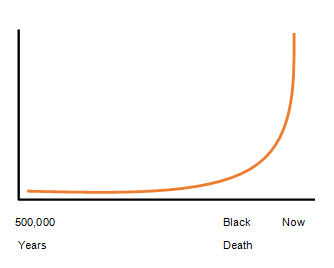 Southwest
Environmental Limited
Southwest
Environmental Limited Southwest
Environmental Limited
Southwest
Environmental Limited| London |
| 02076 920 670 |
| Exeter |
| 01392 927 961 |
| Manchester |
| 01612 970 026 |
| Bristol |
| 01173 270 092 |
Environmental Engineers respond to the needs of our clients and of the environment with a design response. We provide engineering design solution that enable otherwise potential polluting activities to be carried out, with minimized impact on the environment.
At Southwest Environmental Limited we enjoy the challenges that Environmental Engineering presents us, and look forward to helping you overcome your design challenges. We respect the role of industry in shaping our planet, and providing for humanities many needs. However, as a balance it is worth considering that out of the whole observable universe we only know of life existing in the ten mile thick 200 Million square mile surface of this planet. It is worth looking after this little patch of the cosmos, and we can provide a solution to do that, whilst maintaining industrial output.
 If
we consider our rapidly expanding population then by de facto we should
pro-rata reduce our emissions to account for this. For example Acid Rain
was first detected in the 1960's when the world population was around
2.5 billion, a solution was engineered to deal with Acid Rain. We now
have a population of 7.5 billion, so we would only be required to emit
30% of acid forming gases pro rata per capita before we would see a
return of Acid Rain. Luckily we can almost complexly remove acid forming
gases from emissions, we have Environmental Engineered a solution to
this problem.
If
we consider our rapidly expanding population then by de facto we should
pro-rata reduce our emissions to account for this. For example Acid Rain
was first detected in the 1960's when the world population was around
2.5 billion, a solution was engineered to deal with Acid Rain. We now
have a population of 7.5 billion, so we would only be required to emit
30% of acid forming gases pro rata per capita before we would see a
return of Acid Rain. Luckily we can almost complexly remove acid forming
gases from emissions, we have Environmental Engineered a solution to
this problem.
It is curious how little alarm this population causes. If it were included in an engine diagnostics print out, or a medical chart it would likely prompt swift action.
Environment Engineering is not only about equipment, it is also about choice of raw materials, or choices in formulations.
So lets break this biz down! What actually is Environmental Engineering, and how can Southwest Environmental actually help you (our potential client) clean up your processes.
Quite often when when Environmental Engineers design a solution we are looking to meet regulatory requirements in some cases these might be absolute values such as NO2 levels according to Air Quality Objectives or in some cases they might be site specific, based on modeling of emissions and then determining a safe post abatement concentration for discharge.
Flawed but necessary. EIA seeks to check how bad the local environment is, and set an allowable emissions threshold. It is flawed because quite often you have to "guess" (we would say estimate) what the emissions might be before they start this might involve using reference values from another country. Ideally you might have a pilot project, but even when these are available the scaling up may result in some unexpected changes and design challenges. Despite the disadvantages it is Environmental Impact Assessment that can often guide design choice for the Environmental Engineer.
The equipment used in Chemical Manufacturing can be relatively simple, perhaps various storage tanks, and a reactor for "cooking up" your product. The Environmental Engineers role here is to look at the chemical processes them selves suggesting adjustment, perhaps based on outcomes from a life cycle assessment study.
Virtually all manufacturing sites will require that waste water is treated in some way. Very common affects on water quality are increases in oxygen demand or alterations in pH. Other processes may introduce more exotic elements in to process effluents which will need to be cleaned up prior to discharge to sewer, or water body.